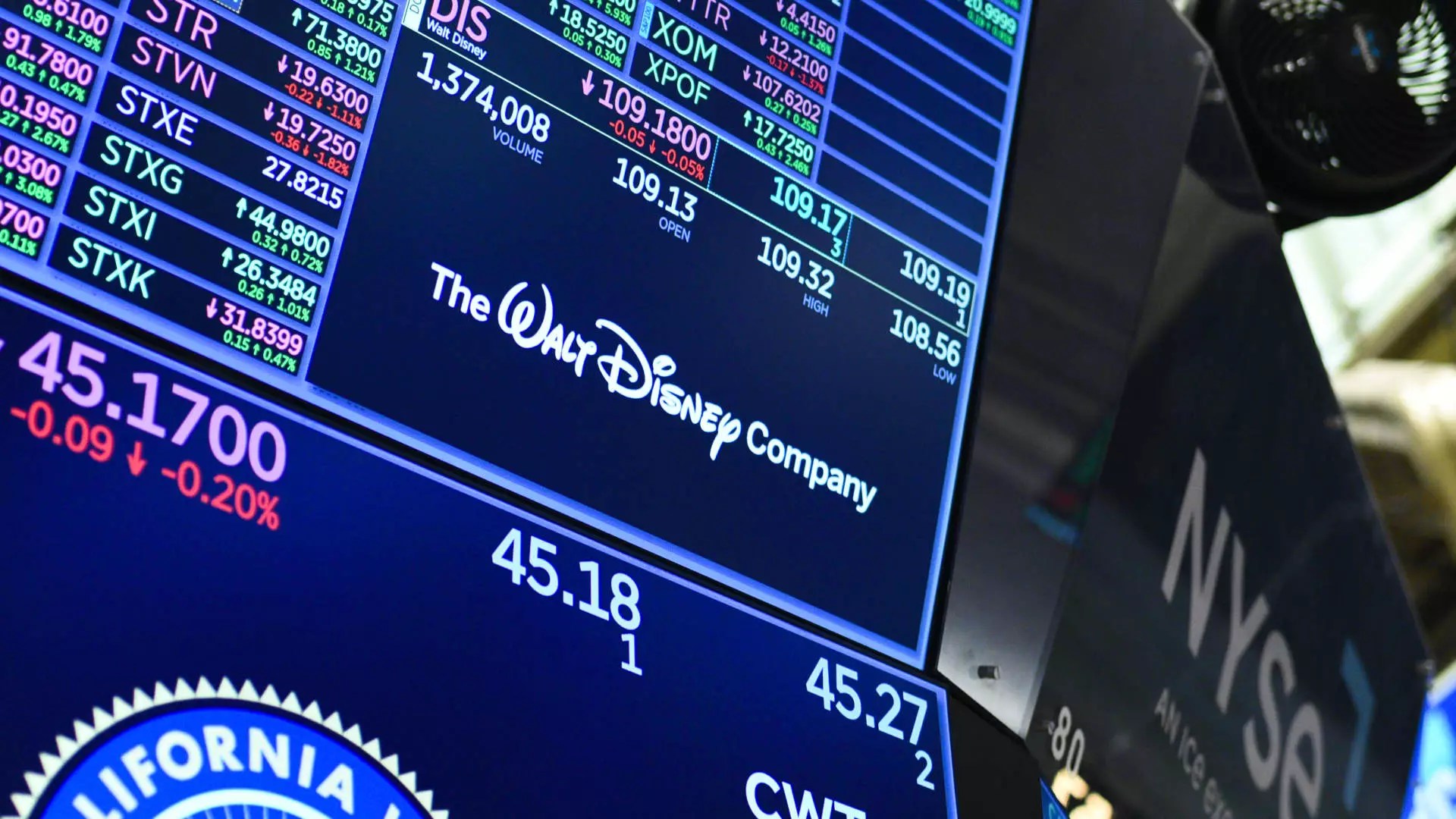In a financial landscape often marred by unpredictability, Disney’s recent performance stands out as an undeniable beacon of success. With shares soaring over 7%, the media and entertainment giant reported adjusted earnings per share of $1.45 from a revenue of $23.62 billion, surpassing analysts’ cautious predictions of $1.20 and $23.14 billion, respectively. What is most surprising, however, is the potent mix of strategic business decisions and timely investments that underpinned Disney’s ascent.
What’s particularly revealing is Disney’s bold revision of its full-year earnings outlook to $5.75, which smashes the previous expectation of $5.43. This calculated optimism reflects a deeper understanding of market dynamics, supplemented by aspirational partnerships, such as the recent tie-up with Miral to establish a theme park in Abu Dhabi. Indeed, in an era where many organizations flounder, Disney exemplifies how to harness creative innovation to reimagine a brand’s trajectory.
Super Micro Computer Faces Reality Check
Conversely, Super Micro Computer’s plight serves as a stark reminder of the volatility inherent in tech stocks. With a notable drop of over 6%, the company’s post-earnings report paints a tale of cautionary disarray. The reported earnings of 31 cents per share juxtaposed against the expected 50 cents, alongside revenue of $4.6 billion falling short of the anticipated $5.42 billion, reveals a disconnect that even the most optimistic investors struggle to overlook.
The missed expectations in guidance further intensify the perception that Super Micro’s growth narrative has hit a rough patch. Investors need to take heed: the tech market, while richly rewarding in times of growth, can turn brutal when companies fail to meet their ambitious targets.
Wynn Resorts: A Mixed Bag of Optimism and Struggles
In a fascinating juxtaposition, Wynn Resorts experienced a modest increase of around 3% in its stock price after receiving a promising upgrade from Bank of America. However, despite this uplift, the underlying numbers reveal a more complex reality. The company’s earnings of $1.07 per share were below the expected $1.19, all the while grappling with disappointing results from its operations in Macao.
The fact remains that while Wynn’s aspirations in the Middle Eastern casino market are met with enthusiasm, it does well to remember that a sprinkle of optimism cannot disguise a downward trend in core markets. The volatile nature of the hospitality and entertainment sector not only demands nimble management but also an astute understanding of regional economies.
Logitech: A Silver Lining?
Logitech’s stock reflects a hesitant optimism as it edged up over 1% following UBS’s decision to upgrade its rating. The rationale is compelling: with the stock having experienced a significant pullback, it could now represent an opportune entry point for risk-tolerant investors. However, investors must remain cautious. The question arises: do we place our faith in short-term recoveries, or should we analyze the broader context of Logitech’s market positioning and competition?
At a time when tech investments can potentially yield vast returns, sufficiency in due diligence must be prioritized. There is no room for complacency as trends can shift rapidly.
Uber Technologies: Missed Expectations?
Not everything in the investment world shines bright; Uber Technologies’ 3% decline post-earnings underscores this reality. Despite surpassing earnings expectations, the revenue miss at $11.53 billion—compared to the consensus of $11.62 billion—signals an underlying problem. This discrepancy invites deeper scrutiny regarding Uber’s market strategy, particularly as competition in the ride-sharing arena becomes more fierce.
Is it that this once pioneering company has lost sight of its command over the sector? Investors should question not only the current metrics but the long-term viability of Uber’s growth trajectory amid increasing competition.
The Curious Case of Sarepta Therapeutics
Yet another reminder of the unpredictable nature of the biotechnology sector, Sarepta Therapeutics saw a staggering drop of 18% following its hefty loss and the dismal downward revision of its revenue forecast. Expectations were set at more elevated rates, between $2.90 billion and $3.10 billion, and the company’s adjustment to a range of $2.30 billion to $2.60 billion hints at a grim future.
This episode serves as an essential lesson in navigating investment waters: even the most promising sectors can unravel rapidly. The precision required for biotech investments can seldom be overemphasized, and complacency here could lead to significant financial repercussions.
In the midst of market movements, it is incumbent upon investors to remain vigilant, analytical, and ever-prepared for the unexpected.


Leave a Reply